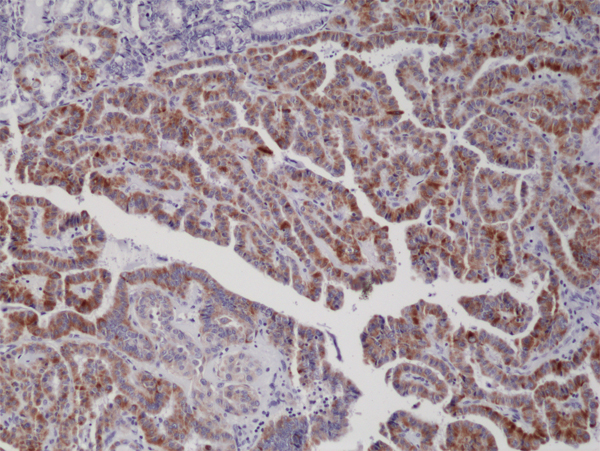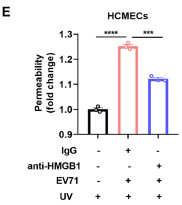Western Blot

The western blot, sometimes called the protein immunoblot, is a widely used analytical technique in molecular biology and immunogenetics to detect specific proteins in a sample of tissue homogenate or extract. Besides detecting proteins, this technique is also utilized to visualize, distinguish, and quantify different proteins in a complex protein mixture.
Read more about
 Product List
Product List
Overview of Western Blot
The western blot, sometimes called the protein immunoblot, is a widely used analytical technique in molecular biology and immunogenetics to detect specific proteins in a sample of tissue homogenate or extract. Besides detecting proteins, this technique is also utilized to visualize, distinguish, and quantify different proteins in a complex protein mixture.
Key Steps in the Western Blot Technique
The western blot technique involves three main steps: separation by size, transfer of proteins to a solid support, and marking the target protein using primary and secondary antibodies for visualization. A synthetic or animal-derived antibody (the primary antibody) is created to recognize and bind to a specific target protein. The electrophoresis membrane is washed in a solution containing the primary antibody, after which excess antibody is washed off. A secondary antibody is then added, which recognizes and binds to the primary antibody. The secondary antibody is visualized through various methods, such as staining, immunofluorescence, and radioactivity, allowing for indirect detection of the specific target protein.
Related Techniques
Other related techniques include dot blot analysis, quantitative dot blot, immunohistochemistry, and immunocytochemistry, where antibodies are used to detect proteins in tissues and cells by immunostaining, as well as enzyme-linked immunosorbent assay (ELISA).
 Popular Products
Popular Products
 Related Research Areas
Related Research Areas
 New Products
New Products





















